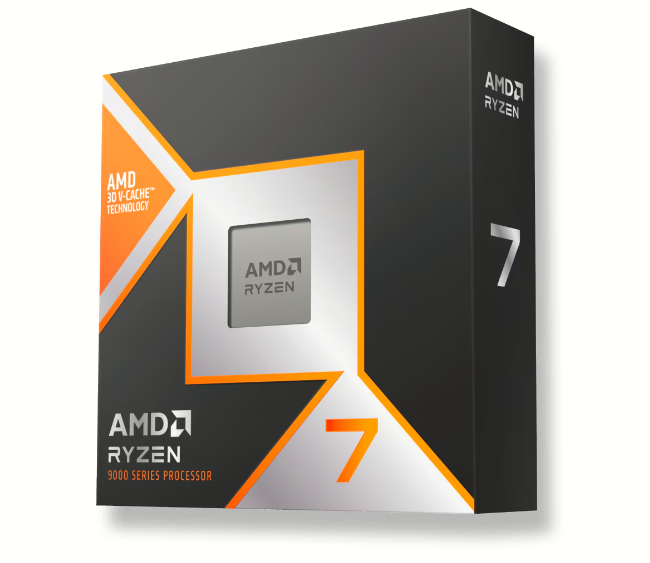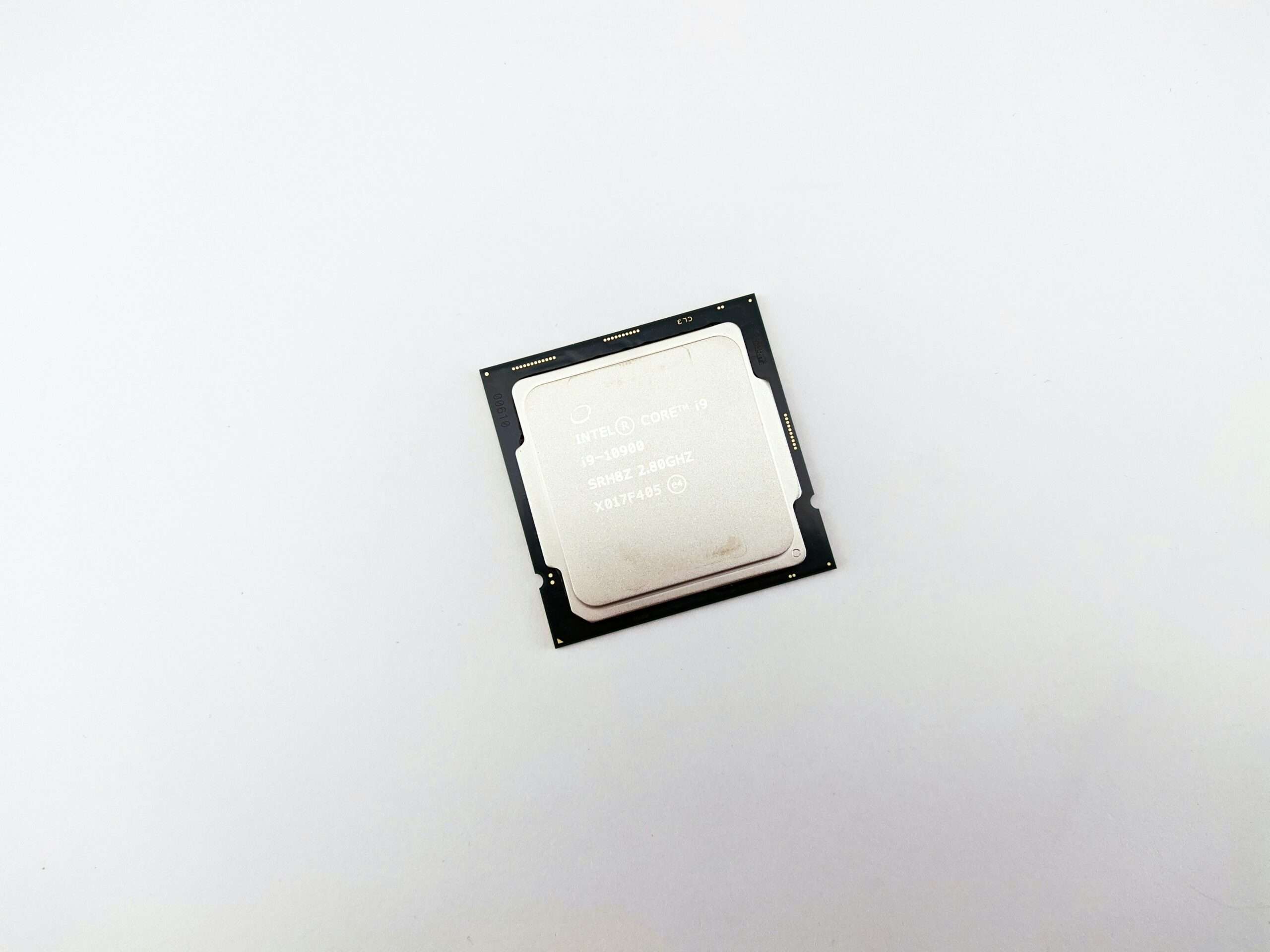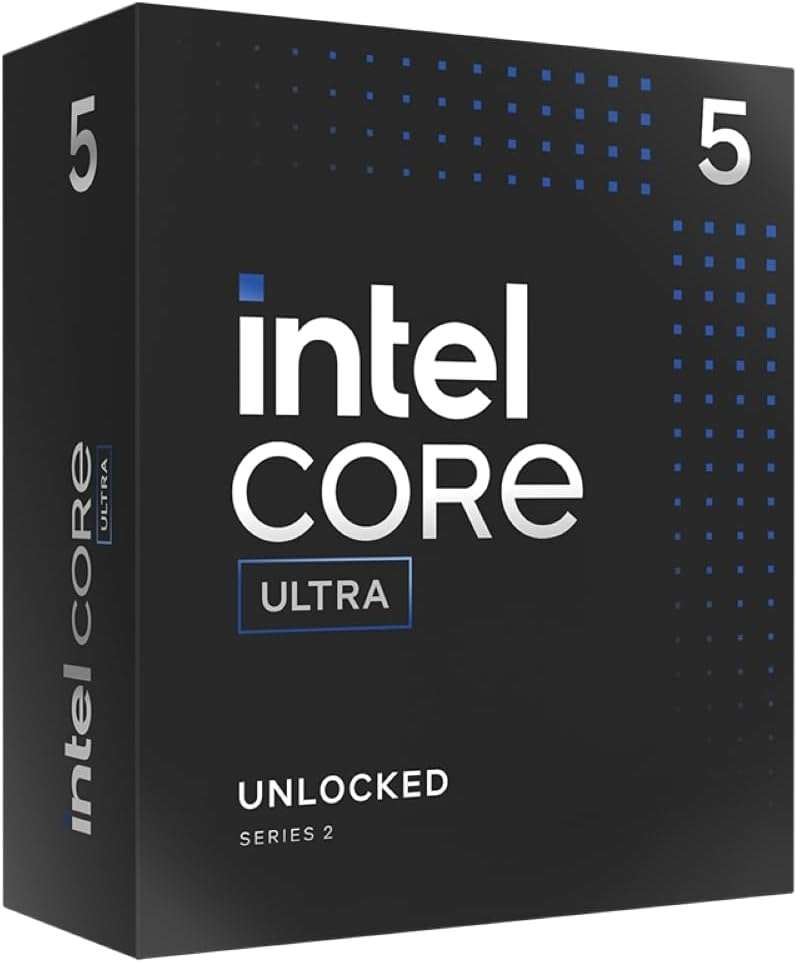Intel’s upcoming Arrow Lake processors are generating significant buzz in the tech world, and the latest leaked benchmarks offer some tantalizing insights into what we can expect from this next-gen CPU lineup. While Intel hasn’t officially shared many details, these benchmarks give us a peek into its potential performance, especially for gamers and content creators. Positioned to succeed the popular Raptor Lake series, Arrow Lake looks to improve upon both power efficiency and raw processing power.
Key Insights from the Leaked Benchmarks
The leaked benchmarks show promising performance from a high-end Arrow Lake CPU, which is speculated to be from the Core i9-14900K line. Here’s what the leaked data reveals about Arrow Lake’s gaming prowess, power consumption, and productivity capabilities:
1. Outstanding Gaming Performance

One of the standout features from the benchmarks is the CPU’s exceptional gaming performance. The leaked data shows the Arrow Lake chip hitting a notable 264 FPS in a high-end gaming scenario, which demonstrates Intel’s focus on ensuring high frame rates for gamers.
This level of performance is expected to appeal to competitive gamers, especially those using monitors with high refresh rates (144Hz or higher). When compared to Intel’s current Core i9-13900K, which manages around 238 FPS in a similar test, this represents an 11% performance boost. This improvement, while not groundbreaking, is a significant step forward for those looking to squeeze out every frame during intense gaming sessions.
2. Power Consumption: A Mixed Bag

In terms of power consumption, the benchmarks suggest that Arrow Lake will be power-hungry, particularly under extreme workloads. The data reveals that the processor draws up to 527W under heavy load, which could raise concerns for users without adequate cooling or power supply setups. However, in more typical gaming scenarios, the power consumption levels out around 165W, making it comparable to other high-end processors like AMD’s Ryzen 9 7950X, which sits around 170W under similar conditions.
While this isn’t a massive improvement in efficiency, Intel seems to be maintaining a balance between high performance and reasonable power draw in everyday tasks. Compared to the Core i9-13900K, which consumes 253W under similar high-stress conditions, Arrow Lake draws significantly more power, but this might be justified by its superior performance.
3. Productivity Performance: Strong Across the Board
In non-gaming benchmarks, such as Cinebench and Blender, the Arrow Lake processor showcases a 15% improvement over its predecessor. This places it squarely in competition with AMD’s Ryzen 9 7950X in terms of multi-threaded workloads.
For example, in Cinebench R23, the Arrow Lake CPU scores +15% higher compared to the Core i9-13900K, while in PugetBench, it shows an 11% boost in content creation tasks like video rendering and 3D modeling. These improvements are particularly valuable for professionals working with demanding software, providing faster completion times for rendering, compiling, and simulations.
How Does Arrow Lake Compare to Other High-End CPUs?

Intel’s Arrow Lake CPUs seem to be positioned to directly compete with AMD’s latest offerings, particularly the Ryzen 9 7950X and the Ryzen 9 7900X. Based on these leaked benchmarks, here’s how Arrow Lake stacks up:
- Gaming: With an 11% FPS boost over the Core i9-13900K, Arrow Lake also holds a slight advantage over AMD’s Ryzen 9 7950X, which averages around 250 FPS in comparable scenarios—this gives Intel’s new chip a roughly 6% edge in gaming performance.
- Productivity: In multi-threaded workloads, Arrow Lake shows an improvement of 15% compared to its Intel predecessor, but when compared to AMD’s Ryzen 9 7950X, it’s more of a neck-and-neck race, with both chips delivering similar performance in creative applications like Blender and Cinebench. However, early indications suggest Arrow Lake might edge out AMD by a slight margin in single-threaded tasks, which could be beneficial for software that relies heavily on single-core performance.
- Power Efficiency: One area where AMD still seems to hold the advantage is power efficiency. The Ryzen 9 7950X, with its 170W typical draw under load, is more efficient compared to the 165W-527W range seen with Arrow Lake, depending on the workload. This could be a critical factor for users prioritizing energy efficiency over raw performance.
Final Thoughts: A Promising Next Step for Intel
While these leaks provide a snapshot of Arrow Lake’s potential, it’s clear that Intel is focusing on both performance and efficiency, albeit with some trade-offs in power consumption. Gamers, especially those who play competitively, will appreciate the FPS gains in high-end titles, and content creators are likely to enjoy the productivity boosts in demanding tasks like rendering and simulation.
However, users will need to weigh the potential power draw and cooling requirements before committing to the upgrade. As more benchmarks and official specs are released, it will be exciting to see how Arrow Lake shapes the next generation of desktop computing, particularly in its ongoing battle with AMD.
Also Read:
AVX2, F16C, and FMA Explained: What They Are and Why God of War: Ragnarok Needs Them




